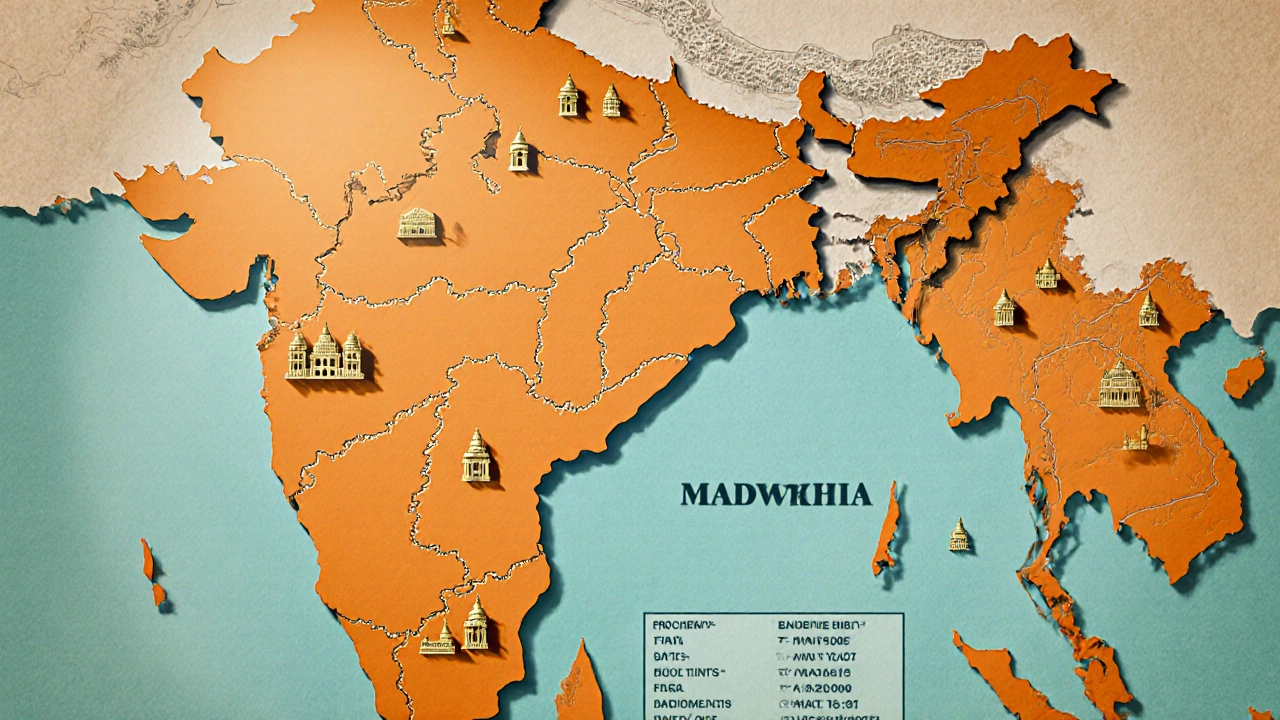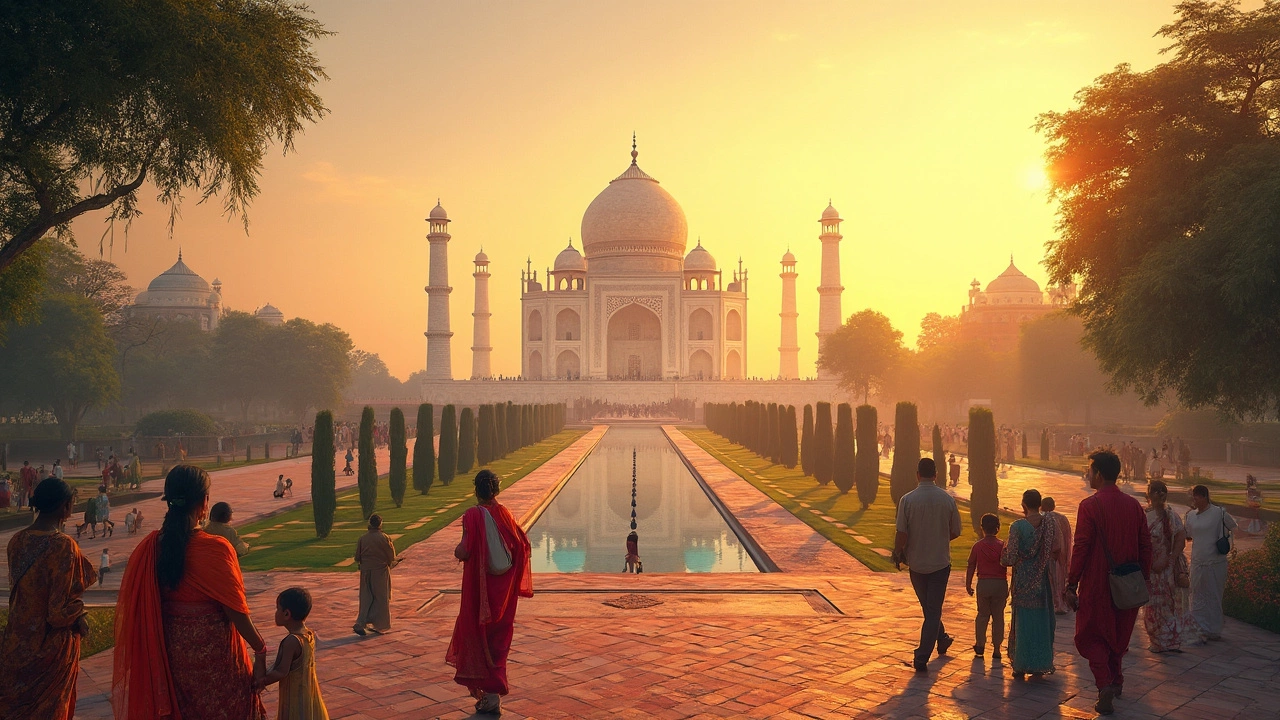
Madhya Pradesh leads India with over 1,500 protected heritage sites, outpacing Uttar Pradesh and Rajasthan. Discover counts, top monuments, travel routes and preservation tips.
When planning a trip to UNESCO sites India, the collection of cultural and natural landmarks recognized by UNESCO for their outstanding universal value, you’re signing up for more than just sightseeing. Also known as World Heritage sites in India, these places blend history, art, and biodiversity into experiences you can’t get elsewhere. Whether you’re chasing the marble splendor of the Taj Mahal or the jungle whispers of Kaziranga, each site tells a story that’s shaped by centuries of human effort and nature’s resilience.
The backbone of this showcase is the World Heritage Site, a designation that signals a place’s cultural or natural importance on a global scale. This label not only boosts tourism but also triggers preservation programs that keep the sites intact for future generations. For example, Cultural Heritage, the legacy of art, architecture, and traditions handed down through time includes the rock‑cut wonders of Ajanta and Ellora, while Natural Heritage, ecosystems and landscapes prized for their ecological significance is embodied by the rolling tea gardens of the Western Ghats and the wildlife corridors of Sundarbans. UNESCO sites India therefore unite two worlds: the human quest to create lasting monuments and the planet’s drive to protect its wild heart.
Visiting a UNESCO site is a two‑way street. On one side, you get a front‑row seat to history—stand where emperors once walked, hear the echo of ancient chants in the caves, or watch the sunrise over a sunrise‑lit desert fort. On the other side, your presence fuels local economies and supports conservation grants that fund everything from restoring frescoes at the Sun Temple to anti‑poaching patrols in Kaziranga. The link is clear: UNESCO designation influences tourism patterns, which in turn funds preservation efforts. That means every ticket you buy, every guide you hire, and every souvenir you collect becomes part of a larger cycle of care.
Practical tips matter, too. Most sites open early in the morning, and parking is limited, so arriving before the rush gives you cooler weather and better photo angles. Dress modestly at religious monuments like the Golden Temple, and always carry a reusable water bottle—many parks have refill stations that reduce plastic waste. If you’re interested in deep diving, the Heritage Walks offered at Hampi combine adventure sports with cultural immersion, proving that heritage sites can double as action hubs. For first‑time travelers, the Taj Mahal remains the crown jewel, but head west to the forts of Rajasthan for a less‑crowded, equally awe‑inspiring experience.
Our collection below pulls together the most useful advice, hidden gems, and must‑see lists for every type of UNESCO explorer. You’ll find guides on the best months to visit specific monuments, safety pointers for wildlife reserves, budget hacks for long‑term stays, and stories that bring each site to life. Ready to map out your own heritage trail? Scroll down and start planning the adventure that matches your curiosity and schedule.

Madhya Pradesh leads India with over 1,500 protected heritage sites, outpacing Uttar Pradesh and Rajasthan. Discover counts, top monuments, travel routes and preservation tips.

The Taj Mahal is not just India's most iconic structure—it’s also the country’s most visited UNESCO Heritage site. This article lays out why the Taj draws millions every year, how to plan your visit for the best experience, quirky things you might not know, and what sets it apart from other UNESCO sites in India. Whether you’re a casual traveler or a history buff, you’ll find practical tips and fresh insights here.